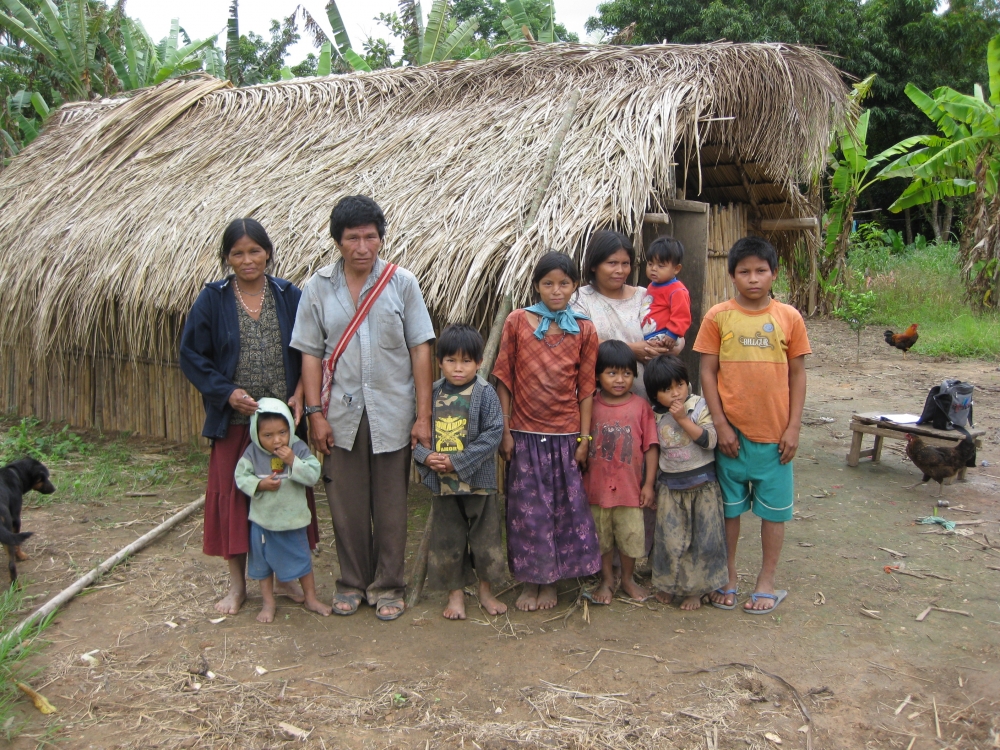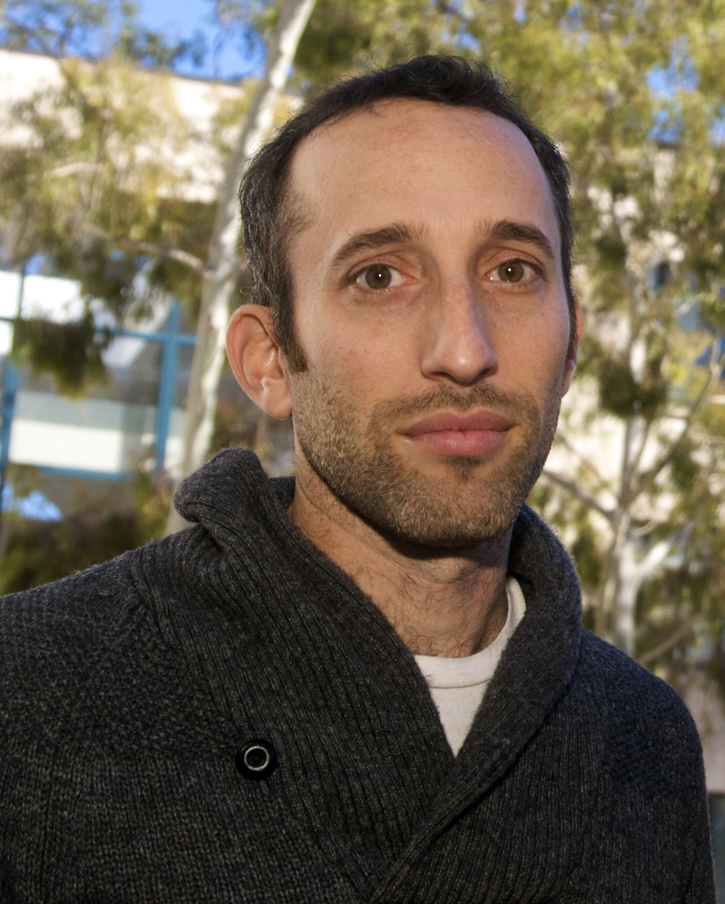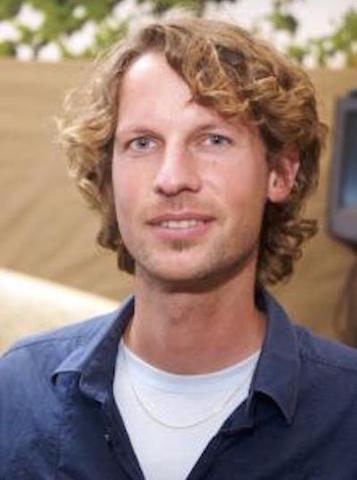
Share and Share Alike


Throughout human history, anthropologists say, reciprocity has been one of the basic foundations of social life. Share and share alike, the saying goes, and when members of a community — or an extended family — are in need, others will often step up to help.
In a world without formal insurance or safety nets, relying on others is often the only way to handle life’s challenges. While this type of exchange is still common in rural areas of the developing world, it is most common among hunter-gatherers and other subsistence populations, such as the Tsimane, an isolated indigenous group in central Bolivia. Their reliance on hunting, fishing and farming makes food insecurity a very real issue and forces them to count on one another in times of scarcity — not only when returning from a hunt empty-handed but also in the case of more infrequent events such as crop failure or family illness or injury.
But how do sensibilities about sharing and reciprocity change when markets and monetization come into the picture and offer a different way of managing risk? Do traditional social networks become unnecessary? Do the dynamics of social relations change? A long tradition in the social sciences suggests that the advent of markets leads to what the political scientist Karl Polanyi coined “the Great Transformation,” an erosion of traditional exchange networks and fundamental altering of social relations in the creation of the “market society.”
However, a group of anthropologists at UC Santa Barbara suggests that such erosion is not inevitable. Their study of food-sharing habits among the Tsimane, which appears in the journal Human Ecology, has shown that social relationships matter, even among people who rely more heavily on the market for their livelihoods. Reciprocity and generosity, they explain, do not disappear when people have the ability to make money and save.
“There is this idea that with money and markets social relationships become commodified, and the social glue that holds communities together is weakened,” said Michael Gurven, a professor of anthropology at UCSB and the paper’s lead author; he is also co-director of the Tsimane Health and Life History Project. “That’s partly because you don’t need to rely on people as much for your day-to-day needs. If you can put your money in a bank and withdraw it as needed, and if you can get goods and services from the market at a cheap rate, you might not need to rely on your neighbor.”
The Basis of Reciprocity
Coming up with a meaningful taxonomy of sharing behavior can be tricky. The researchers designed four ways of thinking about sharing. “Imagine I have a pizza pie here,” said Gurven. “One way is how many people I’m giving pizza to. We call that breadth. Another way is how much of the pizza is given away. That’s giving intensity. And another one is more about the social relationship among givers and receivers. Every time I give you a piece of pizza, what’s the likelihood you’re going to give me a piece of pizza? We call that ‘contingency,’ and that’s the basis of reciprocity.”
The fourth measure, which involved how much of one household’s food is provided by other people, shows the extent to which that household is reliant on others.
“Then we looked at several measures of market integration — how much cash people earn from selling crops or from wage labor, and how much market goods they own — and how that affects their sharing behavior,” said Adrian Jaeggi, a postdoctoral scholar in UCSB’s Department of Anthropology. “And taking all that into account, we find sharing relationships still matter a great deal. And the people who make more money and own more wealth are the ones who invest in having a larger sharing network.
“So one interpretation would be that social relationships are still necessary, and that it’s important to have good relations with your neighbors and rely on them not only for food security but other kinds of reciprocity,” Jaeggi continued.
And while market integration might be considered to decrease risk in some ways, it’s something of a “mixed bag,” according to Gurven. “We sometimes think of sharing as a warm fuzzy kind of enterprise, but it also involves a great deal of risk,” he said. “Maybe the person I share with is lazy and unlikely to return the favor. Maybe he has nothing to give despite his best efforts. Maybe he’ll move away in a month. So if I have the option not to rely on him and to instead plant extra crops to sell later, to smoke or salt meat and fish for extended storage or to save earnings in a bank whenever I can, maybe I’m more likely to want to do that because then I can have more control.”
But, Gurven added, taking advantage of market integration in rural areas also presents risks. “If you’re relying on cash cropping, you’re probably clearing larger, less diverse fields, subject to pests and vulnerable to flooding,” he said. “So that could be more problematic. Similarly, there can be more sickness — because if you’re doing wage labor, it might take you or your partner out of the household. So kids might be more likely to get sick. Or you’re using your money on cigarettes, alcohol or other luxury goods, none of which serves to manage risk.”
Social Capital
So if people aren’t using the market for risk management, how are they using it?
“In terms of sharing relationships, we see no evidence of any tradeoffs that more market involvement means less reliance on sharing — reciprocity patterns are the same, as is the extent to which food you consume came from other households,” Gurven explained. “And for our two other measures, we instead see a positive relationship. People more involved in the market share with more people. So the breadth measure is higher. And they’re likely to give more food away, which means giving intensity is higher.”
These patterns are consistent with the idea that individuals are using market goods and connections as another form of social capital. “Markets may provide Tsimane with valuable resources, but they do not destroy their social relations back home. People don’t want to abandon their traditional social networks,” Gurven continued. “If anything, they might be strengthening them.”
An important aspect of sharing, the researchers noted, is its capacity as a leveling mechanism. “If you have a lot and I have very little and you share with me, we both end up with similar amounts,” said Jaeggi. “So if sharing is reduced by markets, we expected the more the market is involved, the more inequality we’d see.”
The question: Among traditional societies such as the Tsimane, does inequality increase in conjunction with increased market integration? “We didn’t find evidence of that either,” Jaeggi said. “And that was an important finding. Wealth and income inequality seem to be increasing over time, but it’s not directly related to village differences in sharing behavior.”
The researchers’ findings lend credence to the “share and share alike” sensibility. Markets and monetization don’t necessarily corrupt by themselves, they said. Social relationships are still very important. “But even for us, we might rely on money and transactions for some things, but for others we rely on our friends and our families,” Jaeggi noted.
“Sharing is not just generosity,” added Gurven. “People are using market access just like they might use any kind of resource as an opportunity to gain status, as an opportunity to win favors. It’s a valuable commodity. So one can integrate the two: it’s not an either/or. You can actually have both. You can have community as well as greater integration into the market.”
Other contributors to the paper include Christopher R. von Rueden, a former postdoctoral scholar at UCSB and now an assistant professor at the University of Richmond; Paul L. Hooper of Emory University; and Hillard Kaplan of the University of New Mexico and co-director of the Tsimane Health and Life History Project.



